Brooklyn Bridge Park Rebutts Rebuttal of Pro-Pier 6 Economic Report
Our numbers are good. So says the Brooklyn Bridge Park Corp. in response to criticism that its July report on the park’s financial model was inaccurate and misleading. The July study — by economist Barbara Denham — found that income from 1Hotel and Empire Stores would be insufficient to maintain the park’s finances for the long term. “BBP…

Our numbers are good. So says the Brooklyn Bridge Park Corp. in response to criticism that its July report on the park’s financial model was inaccurate and misleading.
The July study — by economist Barbara Denham — found that income from 1Hotel and Empire Stores would be insufficient to maintain the park’s finances for the long term. “BBP will not be able to fulfill its mandate to be financially self-sufficient without the projected revenue from the proposed development on Pier 6,” Denham wrote in the report.
Everyone agreed, right? Fuggedaboutit.
In November, activist group People for Green Space Foundation (PFGSF) sent a letter to Brooklyn Bridge Park execs arguing that the study uses “bizarrely incorrect tax data” and is deliberately misleading in order to support the construction of the two controversial Pier 6 condo towers.
Critics, politicians and the park are fighting over the data because some don’t want additional development on Pier 6. The park and Mayor de Blasio do.
Now, BBP has issued a rebuttal of its own. “We do not take these claims lightly and following thorough review are confident that they lack merit,” wrote Park Pres Regina Myer in a letter to board members. “We continue to stand behind the conclusions of Ms. Denham’s report.”

In a more in-depth letter sent to the Board, economist Barbara Denham defends her methods and findings in detail. Going point by point, she addresses the concerns raised by the critics — everything from the “incorrect tax data” and “flawed projection of real estate trends” to the alleged “misleading selection of comparables.”
“I believe I have addressed and refuted all of Mr. Richmond’s point in his letter,” Denham concludes. “I stand by all of the assumptions and analysis in my report including my comprehensive assessment of the revenue and expense assumptions of the BBP model…”
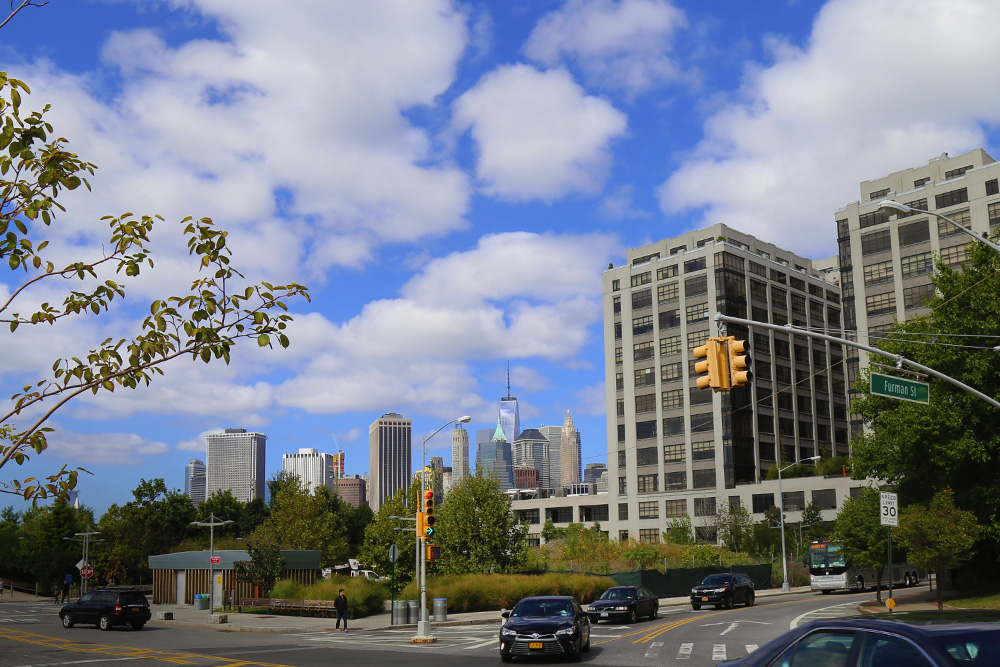
Click here for Denham’s full spiel (PDF). For an overview, see Myer’s rebuttal of the criticisms below.
Are you convinced?
Re: November 3, 2015 Letter from People for Green Space Foundation, Inc.
Dear Members of the Board of Directors of Brooklyn Bridge Park:
We recently received the attached letter from Mr. Henry Richmond, a director of People for Green Space Foundation, Inc. (PFGSF) in which he asserts that Barbara Byrne Denham’s July 29, 2015 independent review of the Park’s financial model is erroneous and deliberately misleading. We do not take these claims lightly and following thorough review are confident that they lack merit.
We continue to stand behind the conclusions of Ms. Denham’s report. I have attached a letter from Ms. Denham explaining these issues in great detail and I have highlighted some of her responses to Mr. Richman’s erroneous claims below.
Incorrect Tax Data.
As an example of the “incorrect tax data,” Mr. Richmond cites Department of Finance (DOF) tax data that purportedly shows the taxes for 65 Washington Street ranging between $6.7/SF and $5.7/SF while Ms. Denham shows it as $14/SF. However, the building that Mr. Richmond cites is in fact 81 Washington Street – the building next door. Mr. Richmond was apparently confused by the fact that DOF records refer to the building as 65-91 Washington St. It is clear that Ms. Denham’s data for both 65 and 81 Washington Street, is consistent with DOF figures.
Additional claims made by Mr. Richmond regarding purportedly inaccurate tax data are similarly easily explained, as shown more fully in Ms. Denham’s attached letter.
Misleading Selection of Comparables.
Mr. Richmond cites the inclusion of 25 Joralemon Street and the exclusion of 360 Furman Street to support the claim that the selection of comparable properties included in a chart on Page 15 was purposely manipulated to achieve a pre-ordained conclusion. Mr. Richmond’s objection to the inclusion of 25 Joralemon Street is that, based on the building’s age and overall value it could not possibly be an appropriate comparable for a luxury building. However, a review of recent sales figures per square foot, for 25 Joralemon Street shown in Ms. Denham’s attached letter clearly supports its inclusion. Moreover, the claim that Ms. Denham chose inappropriate comparables in order to justify lower PILOT projections from Pier 6 does not stand up to analysis as the real estate taxes from 25 Joralemon Street are among the highest listed. As for 360 Furman Street, the property is in fact included in the report.
Mr. Richmond notes several other comparables that he claims are more relevant. Many of these are located in Fort Greene or Williamsburg, several miles away from Pier 6, ignoring the fact that location is the most important factor in determining real estate value.
Additionally, Mr. Richmond’s selection of properties range in taxes from $5.7/SF to $13.6/SF, a variance of over 100%. Thus, instead of contradicting Mr. Denham’s report, he actually reinforces her point that DOF assessments of luxury residential property in Brooklyn are very inconsistent and bolsters her conclusion that, “[t]he analysis above confirms how risky it is to rely on PILOT as a primary revenue source. It also confirms why BBP must allow for a growing cash reserve in order to insure itself not only against market forces but also against unpredictable DOF assessments.”
Flawed Projection of Real Estate Trends.
Mr. Richmond’s letter also questions several of Ms. Denham’s judgment calls and real estate projections, including the relationship between employment trends and real estate values and the impact of new hotel inventory in Brooklyn. We note that Ms. Denham has over 20 years of experience in commercial real estate. She has been the chief economist or head of research at many of the leading real estate companies in the City. Her opinion is widely sought by developers and investors and she came to BBP highly recommended by the Citizens Budget Commission, one of the most trusted, objective, and knowledgeable civic organizations dealing with financial matters in New York City.
BBP staff stands by Ms. Denham’s analysis and judgment. Far from refuting Ms. Denham’s in-depth analysis, Mr. Richmond has, at most, pointed out some typos that do not change the conclusions of her report.
The BBP financial model is of great interest to many and also very complex. Therefore, BBP staff have presented the model at numerous public meetings over the years, and spent hours addressing questions. Indeed, a recent letter from the NYC Comptroller’s office (September 16, 2015) thanked BBP for its responsiveness to their questions regarding the financial model and stated that “[t]his transparency helps to ensure that the public is fully informed of the park’s finances and is able to engage in a meaningful conversation about how best to support this remarkable park in the years to come.”
We look forward to continuing to address any concerns that the Board or the public may have about the Park’s finances and this important project.
Sincerely,
Regina Myer, President, BBP
Related Stories
Brooklyn Bridge Park Report Is Misleading and Inaccurate, Local Group Claims
BBP’s Pier 6 Study Pessimistic About Empire Stores and 1Hotel
Report: Brooklyn Bridge Park Needs $250 Million to Fix Crumbling Piers

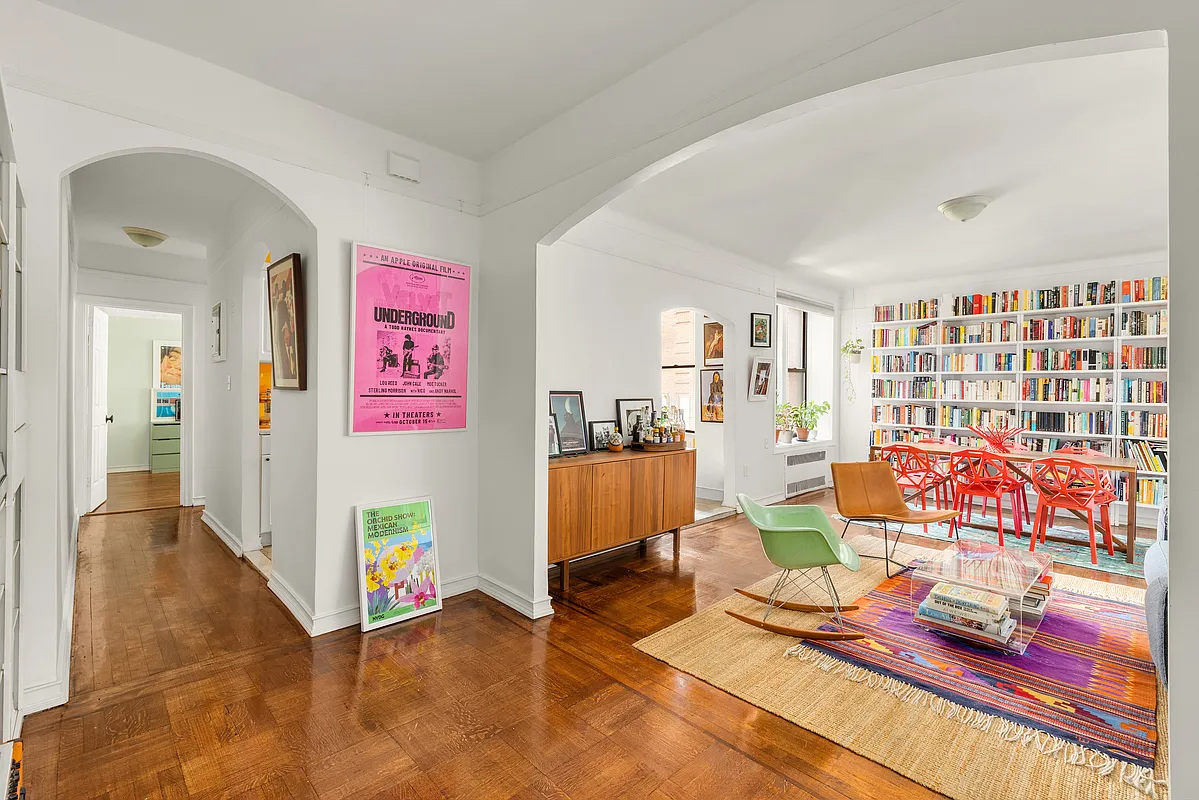
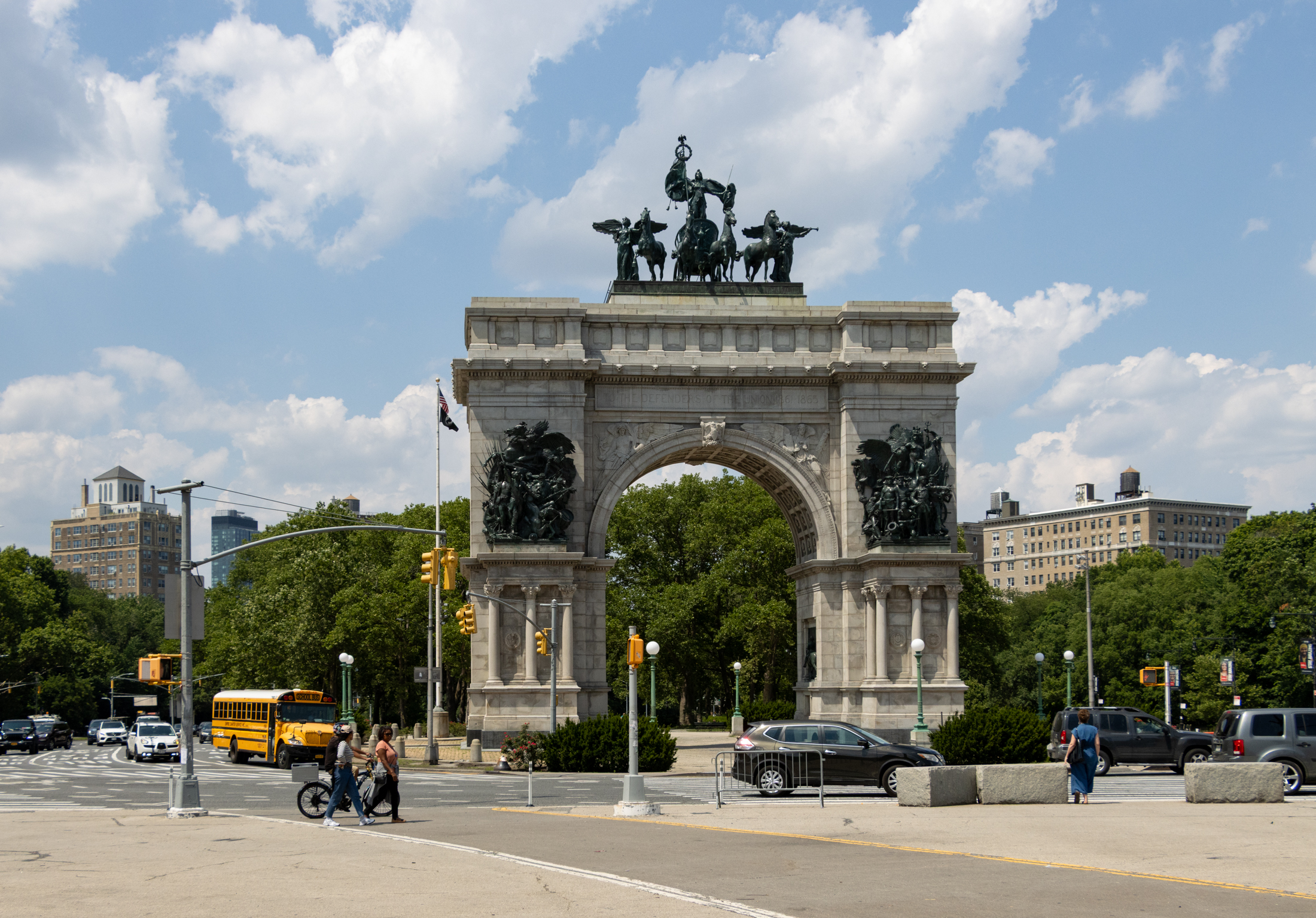
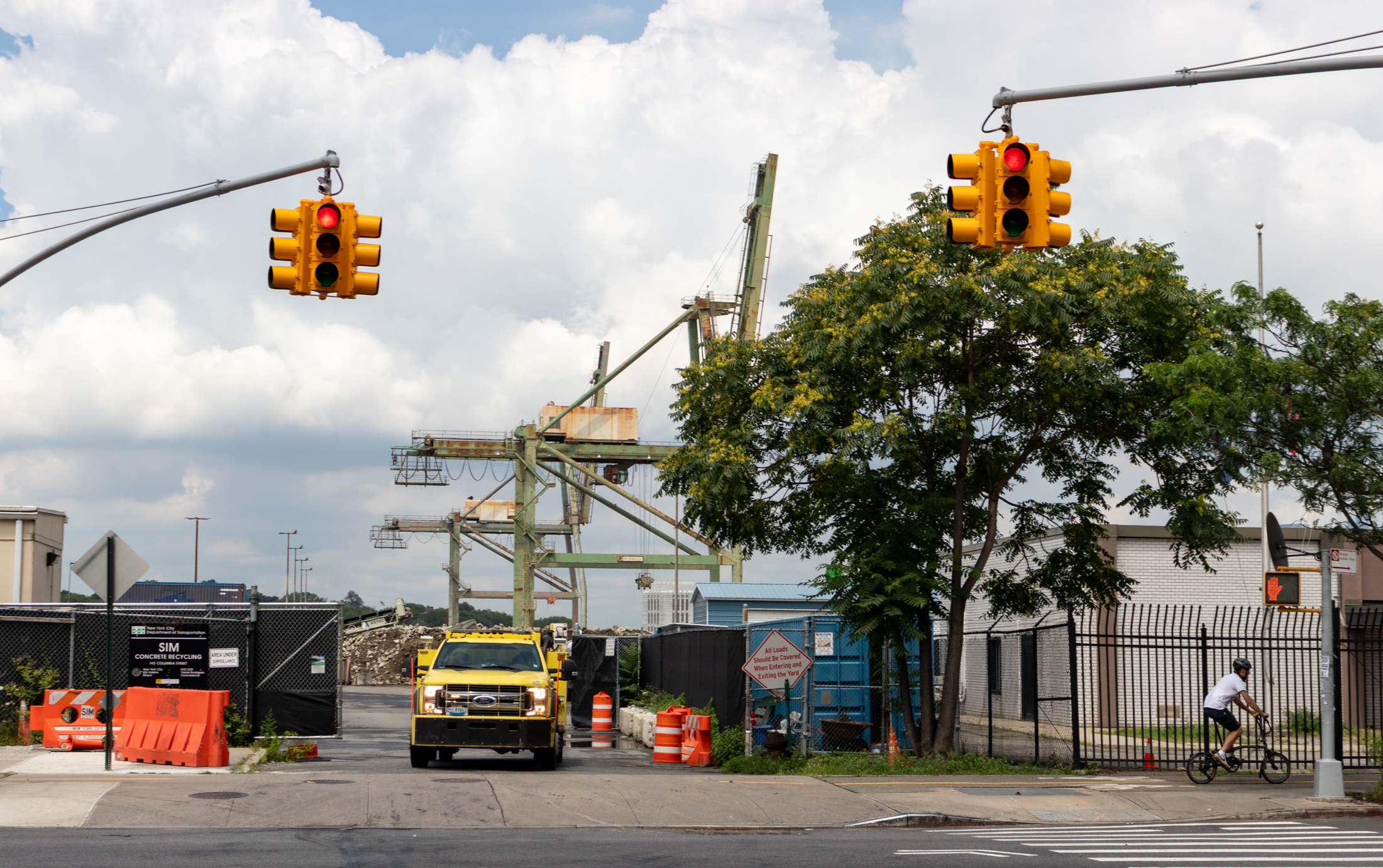
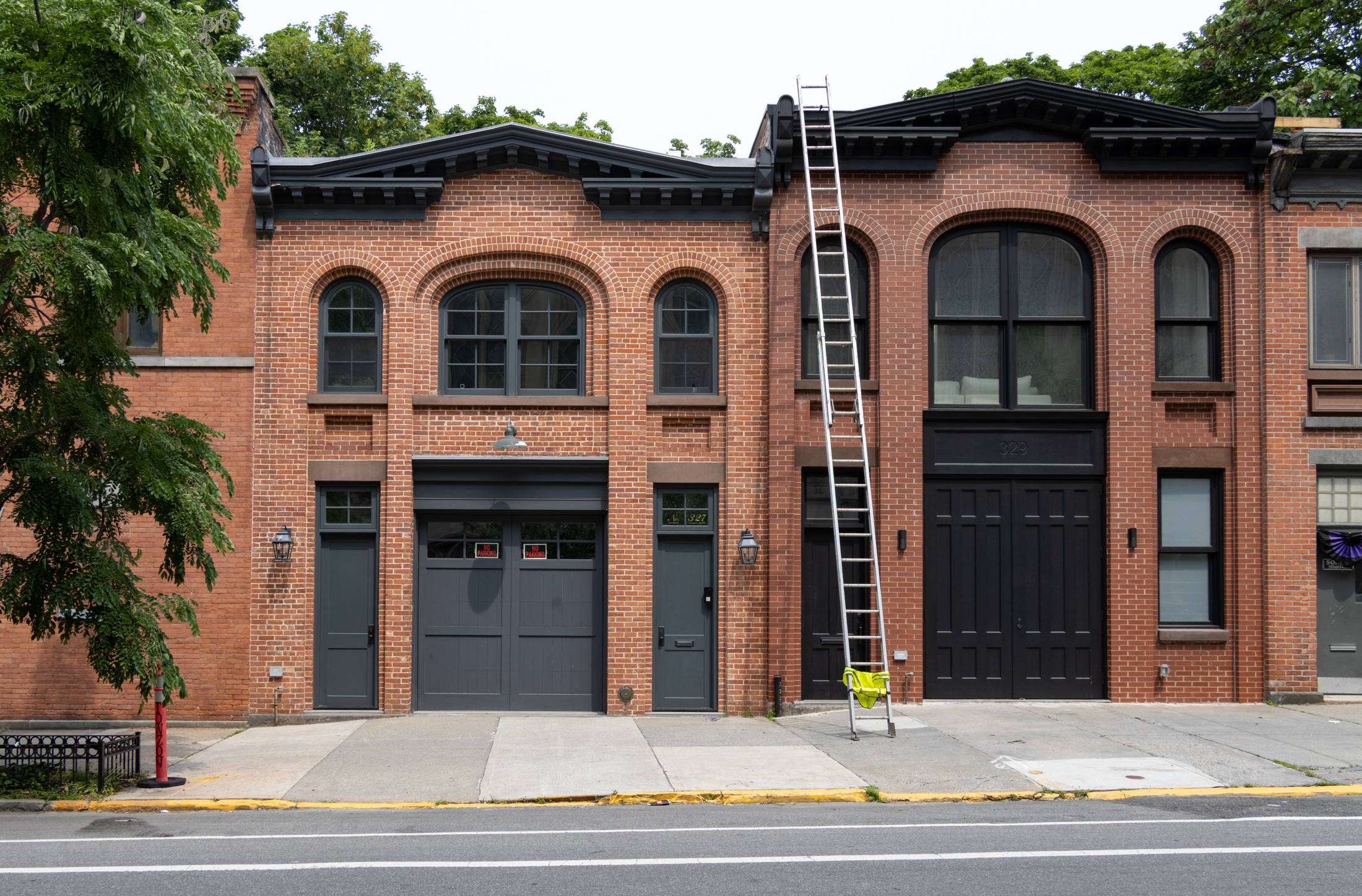
What's Your Take? Leave a Comment